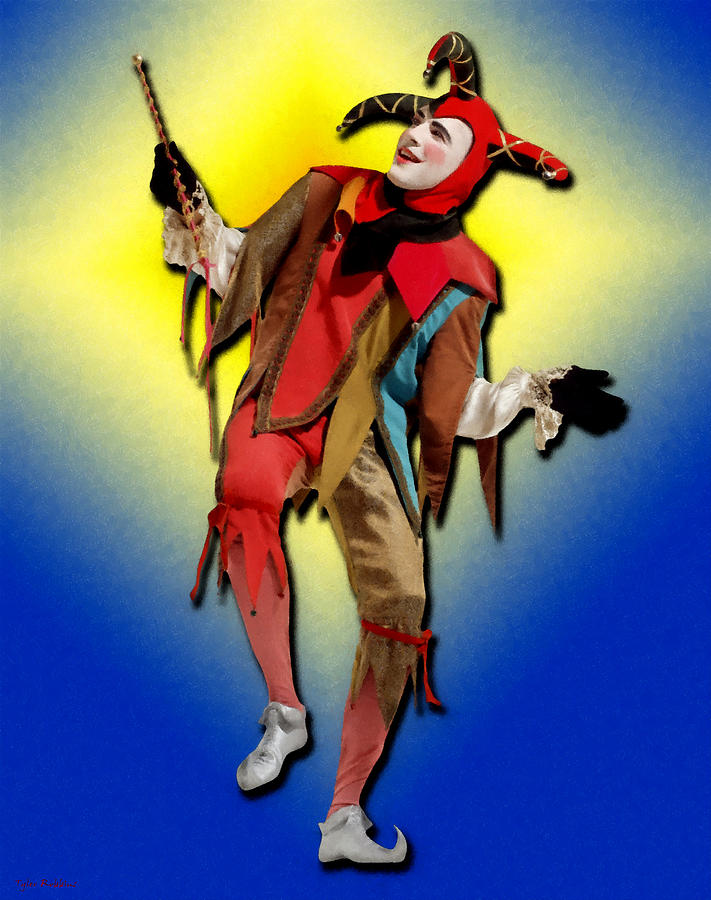

Unsourced material may be challenged and removed. Please help improve this article by adding citations to reliable sources in this section. This section needs additional citations for verification. In the introduction to his To the Christian Nobility of the German Nation, he calls himself a court jester, and, later in the text, he explicitly invokes the jester's privilege when saying that monks should break their chastity vows. Martin Luther used jest in many of his criticisms against the Catholic Church. As an acknowledgement of this right, the court jester had symbols denoting their status and protection under the law: the crown ( cap and bells) and scepter ( marotte), mirroring the royal crown and scepter wielded by a monarch. Jester's privilege is the ability and right of a jester to talk and mock freely without being punished. A third jester associated with Charles I was called Muckle John. Hudson fought on the Royalist side in the English Civil War. One of his jests was to be presented hidden in a giant pie from which he would leap out. Jeffrey Hudson had the title of "Royal Dwarf" because he was short of stature. Charles I later employed a jester called Jeffrey Hudson who was very popular and loyal. Anne of Denmark had a Scottish jester called Tom Durie. He held some influence at court still in the reign of Charles I and estates of land in Ireland. Even after his disgrace, books telling of his jests were sold in London streets.

He was eventually thrown out of the King's employment when he over-reached and insulted too many influential people. During his lifetime Armstrong was given great honors at court. Her son, King James VI of Scotland, employed a jester called Archibald Armstrong. In Scotland, Mary, Queen of Scots, had a jester called Nichola. In Shakespeare's Twelfth Night, Feste the jester is described as "wise enough to play the fool". Clowns and jesters were featured in Shakespeare's plays, and the company's expert on jesting was Robert Armin, author of the book Fooled upon Foole. ĭuring the reigns of Elizabeth I and James I of England, William Shakespeare wrote his plays and performed with his theatre company the Lord Chamberlain's Men (later called the King's Men). His daughter Mary was entertained by Jane Foole.

Henry VIII of England employed a jester named Will Sommers. They played an important part in raising their own army's spirits by singing songs and reciting stories. Jesters would ride in front of their troops, provoke or mock the enemy, and even serve as messengers. Jesters were also occasionally used as psychological warfare. Fool Societies, or groups of nomadic entertainers, were often hired to perform acrobatics and juggling. Entertainment included music, storytelling, and physical comedy.
#Fools are everywhere the court jester around the world professional#
Many royal courts throughout English royal history employed entertainers and most had professional fools, sometimes called "licensed fools". Other cultures such as the Aztecs and the Chinese employed cultural equivalents to the jester. Balatrones were paid for their jests, and the tables of the wealthy were generally open to them for the sake of the amusement they afforded. In ancient Rome, a similar tradition of professional jesters were called balatrones. These terms described entertainers who differed in their skills and performances but who all shared many similarities in their role as comedic performers for their audiences. Other earlier terms included fol, disour, buffoon, and bourder. This modern term derives from the older form gestour, or jestour, originally from Anglo-Norman (French) meaning 'storyteller' or ' minstrel'. The modern use of the English word jester did not come into use until the mid-16th century, during Tudor times. Many jesters made contemporary jokes in word or song about people or events well known to their audiences. Much of the entertainment was performed in a comic style. Jesters entertained with a wide variety of skills: principal among them were song, music, and storytelling, but many also employed acrobatics, juggling, telling jokes (such as puns, stereotypes, and imitation), and performing magic tricks. Their modern counterparts usually mimic this costume. Jesters were also itinerant performers who entertained common folk at fairs and town markets, and the discipline continues into the modern day, where jesters perform at historical-themed events.ĭuring the Middle Ages, jesters are often thought to have worn brightly colored clothes and eccentric hats in a motley pattern. JesterĪ jester, court jester, fool or joker was a member of the household of a nobleman or a monarch employed to entertain guests during the medieval and Renaissance eras. For other uses, see Jester (disambiguation) and Court jester (disambiguation).


 0 kommentar(er)
0 kommentar(er)
